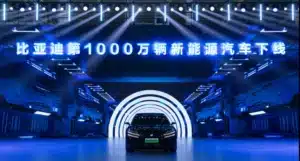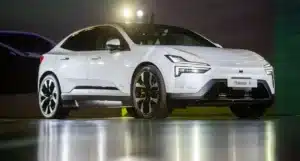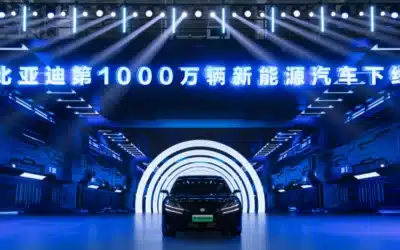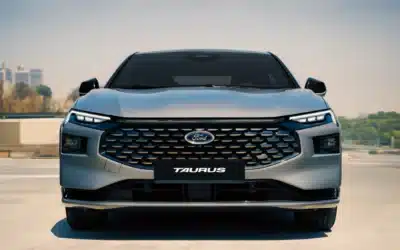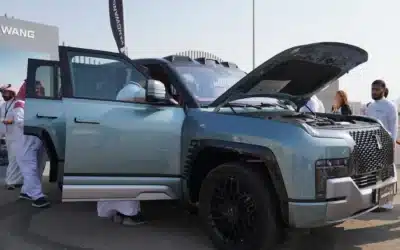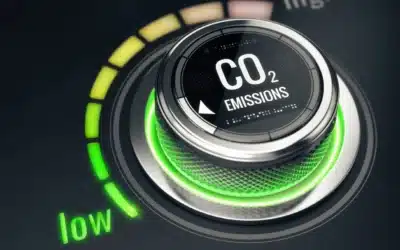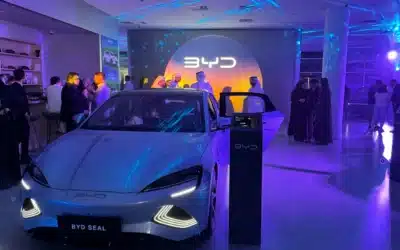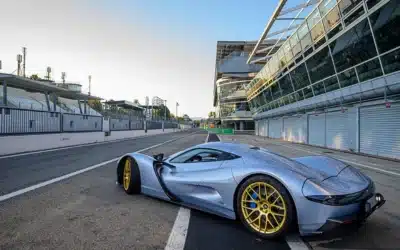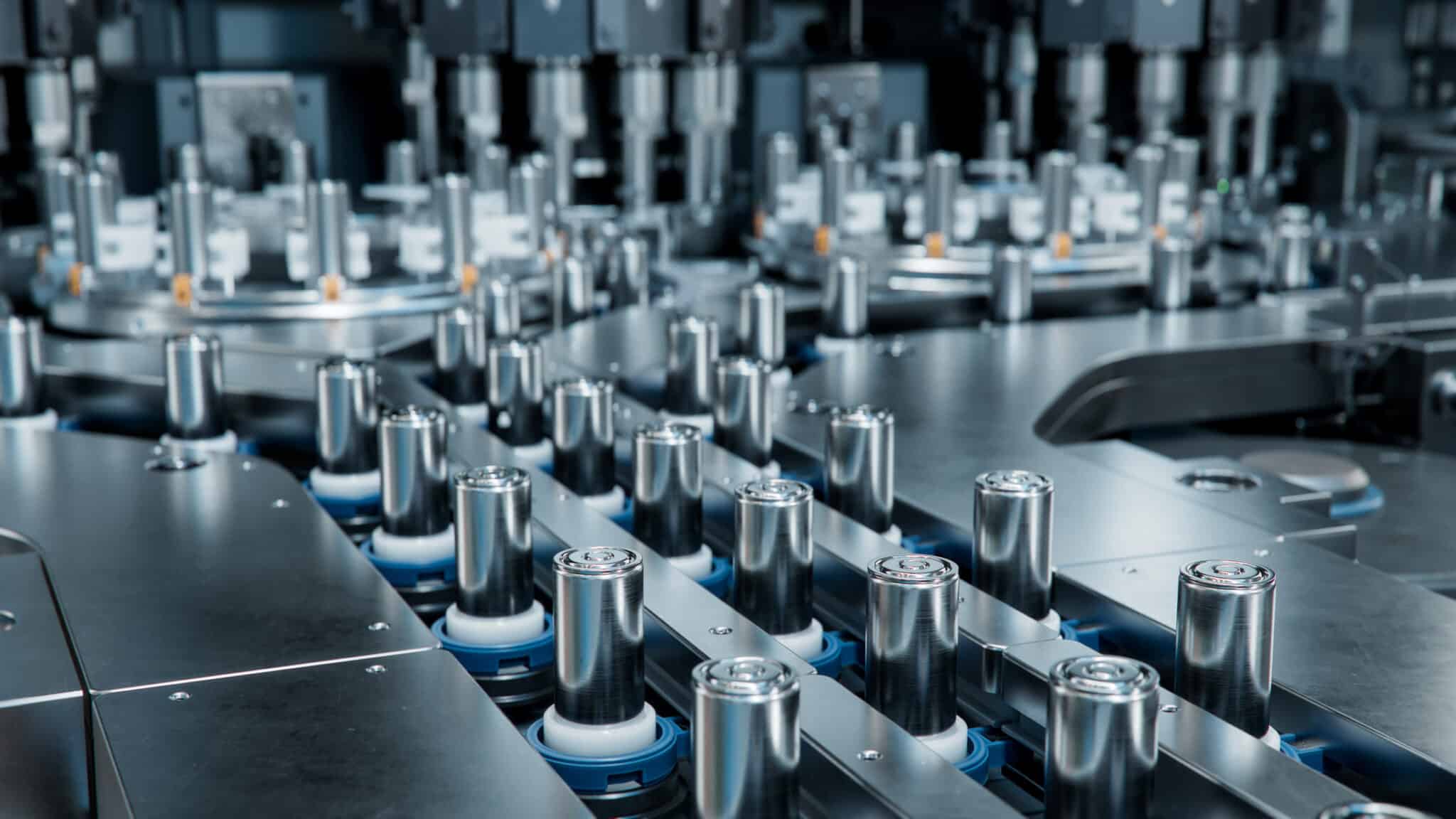
One of the many common myths and misconceptions about electric vehicles (EVs) is that the batteries cannot be recycled and will just end up in landfills. This is simply not true. Recycling EV batteries is essential for environmental sustainability after, that is, they have served out their useful life in vehicles – currently estimated at between 15 to 20 years.
It is true to say that the process involves various methods, challenges, and technologies to efficiently recover the materials within the EV battery packs. The complexity stems from the diverse designs and chemistries involved. EV batteries are not standardised, making dismantling and recycling a laborious and costly task. Additionally, batteries contain hazardous materials, posing environmental and safety risks if not handled properly.
However, the oft-cited statistic of only 5% of battery components being recycled, is both out of date and incorrect. Whilst there was considerably less recycling infrastructure in 2010 when this was stated (in a Friends of the Earth report), there have been huge advances in the recycling industry since.
A report from Circular Energy Storage in 2019 indicated that the figure was 50% and that’s very likely to have been improved on in the intervening five years. In fact, Europe has set minimum levels of materials salvaged from battery waste to be reused, ordaining 50% for lithium by 2027 and 80% by 2031, and for cobalt, copper, lead and nickel the targets are even higher at 90% by 2027 and 95% by 2031.
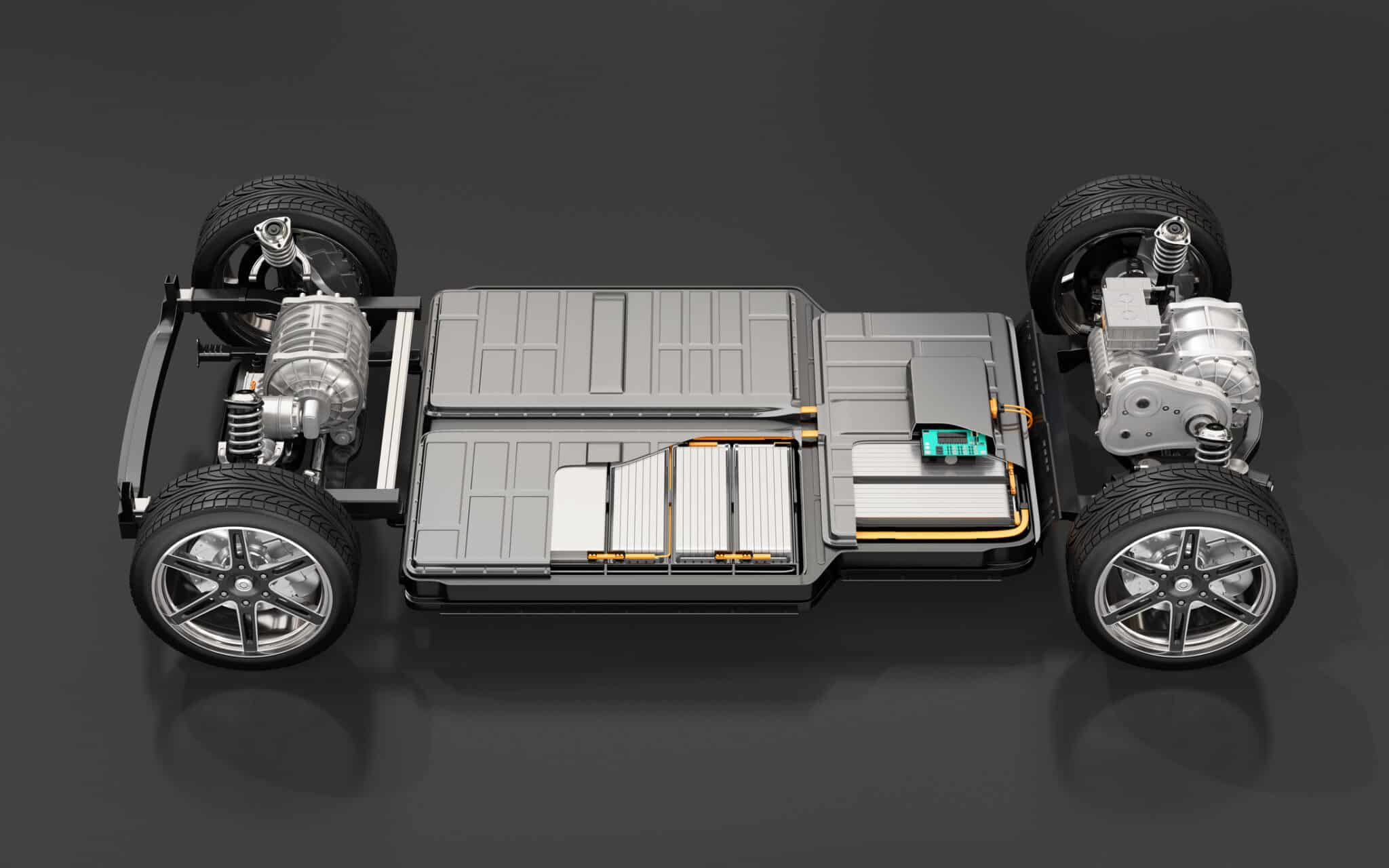
EV battery packs can be complicated and expensive to dismantle. But component labelling may make the process easier in future.
What’s in the Battery Packs?
A lithium-ion EV battery typically consists of lithium-ion cells, which include various chemical components and materials. You obviously have lithium, but you may also find cobalt, nickel, manganese and graphite. These are usually packed into individual cells which are combined into modules that make up the battery pack.
Of these, cobalt and nickel are easiest to reclaim and recycle. Lithium and graphite are also recyclable. However other constituents such as electrolytes are more challenging due to their complex chemistry and potential toxicity.
When an EV is scrapped, the first step is to safely discharge it completely. The battery is then removed from the vehicle and assessed for reuse or recycling. In some cases, these battery packs can be repurposed for domestic or commercial energy storage. Some specialist companies also use these to convert older or classic cars to electric power.
If the battery is to be recycled, the pack is dismantled to separate the cells and modules, which are then processed through methods like pyrometallurgy or hydrometallurgy.
What is Pyrometallurgical and Hydrometallurgy Recycling?
Pyrometallurgical recycling is a process used to recover valuable metals from EV batteries by exposing them to high temperatures. This method involves smelting the batteries in a furnace to separate metals like cobalt, nickel, and copper from other materials.
During this process, the organic materials and plastics in the battery are burned off, leaving a metallic alloy that can be further refined. This method is energy-intensive and can generate harmful emissions, but it is effective in extracting metals that can be reused in new batteries or other applications.
Hydrometallurgical recycling operates at lower temperatures and can achieve high recovery rates for valuable metals from EV batteries using aqueous chemistry. However, it does need careful and responsible handling of chemicals and liquid waste.
First, the battery is dismantled, and the individual cells are crushed into a powdery substance known as “black mass”. This is then treated with chemical solutions (acids or bases) to dissolve the metals into a liquid solution. This makes it possible to separate the materials using solvents that selectively bind to specific metals. They are then extracted from the solution as solid compounds.
Finally, these compounds undergo further purification to remove impurities and produce high-purity metal salts, which can be reused in new batteries or other applications.

The Greenbushes lithium mine is an open-pit mining operation in Western Australia and is the world’s largest hard-rock lithium mine.
Direct Recycling
An emerging technique of recycling is ‘Direct Recycling’ which aims to preserve the functionality of cathode and anode materials in batteries rather than breaking them down completely. It involves separating these from other components, and then cleaning and refurbishing them, after which they can be redeployed in new battery cells.
This method reduces energy consumption and recycling costs as well as reducing waste. There is a risk of contamination and degradation of the materials which could affect the efficiency of the new batteries. Meanwhile, some of the other components, such as the electrolyte, separator and casing materials still have to be separated and recycled using other methods.
Compulsive Recycling
The economic feasibility of recycling EV batteries is challenging as it’s expensive to do! Regulations are being considered to mandate detailed labelling of battery components to facilitate recycling.
EV manufacturers are increasingly being held responsible for recycling batteries through regulatory frameworks and extended producer responsibility programmes (EPR). In some regions the companies must even meet specific targets and are responsible for collecting the batteries. This includes the EU (under the ‘Battery Directive’) and China, which mandates that EV makers are responsible for the entire lifecycle of batteries from production to disposal. In the United States, California has also implemented laws to this effect.
What about Sodium-Ion and Solid State Batteries?
Both sodium-ion and solid-state batteries are emerging as a promising alternative to lithium-ion batteries for EVs. Sodium-ion batteries have already made it into some Chinese products and currently there is a race on between the likes of Toyota, Nissan, Honda and others, including car makers from China, to be the first to introduce solid-state batteries in EVs.
Sodium is much more abundant and therefore cheaper than lithium with a lower environmental impact when it comes to mining. They may have a shorter life cycle, though the good news is that they are easier to recycle.
Similarly, solid-state batteries can offer greater driving ranges, reduce fire risk and will last longer. While they are complicated to make, the use of a solid electrolyte instead of a liquid one simplifies the recycling process. The higher-value metals within also increase the incentive to recycle the batteries correctly.
In light of the necessity to reuse rare materials, the economics involved, legislation and policy requirements as well as public expectations, it’s clear that efforts to continually improve the efficiencies and rates of recycling will intensify going forward.

